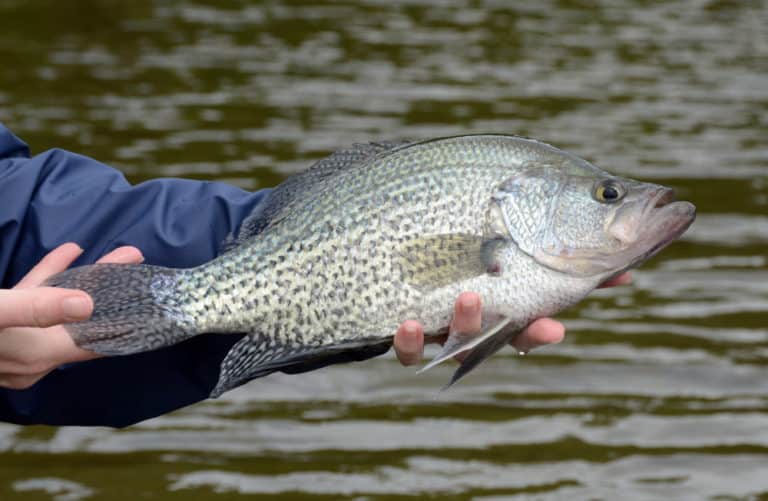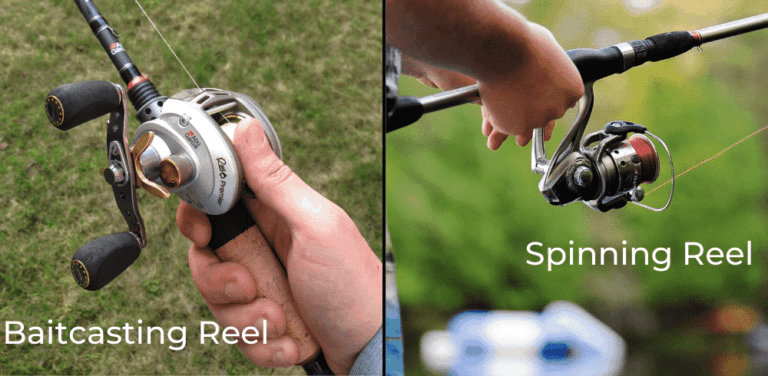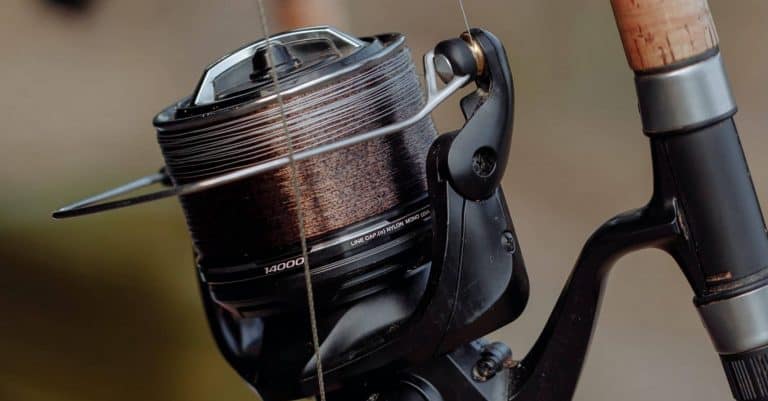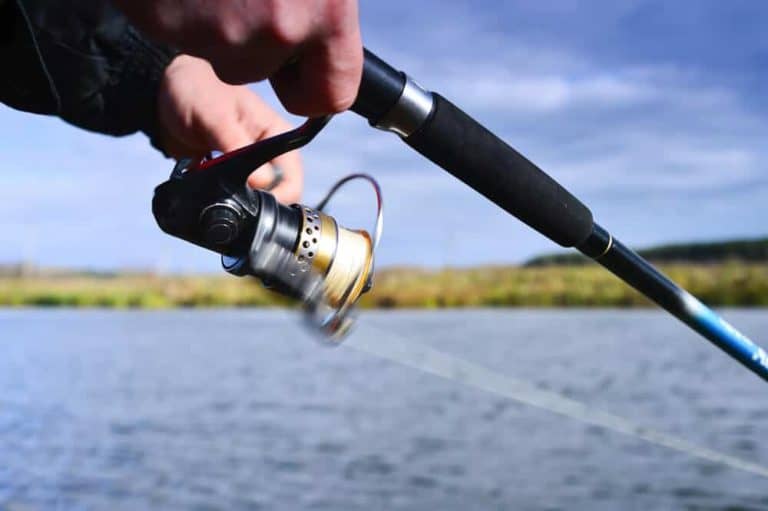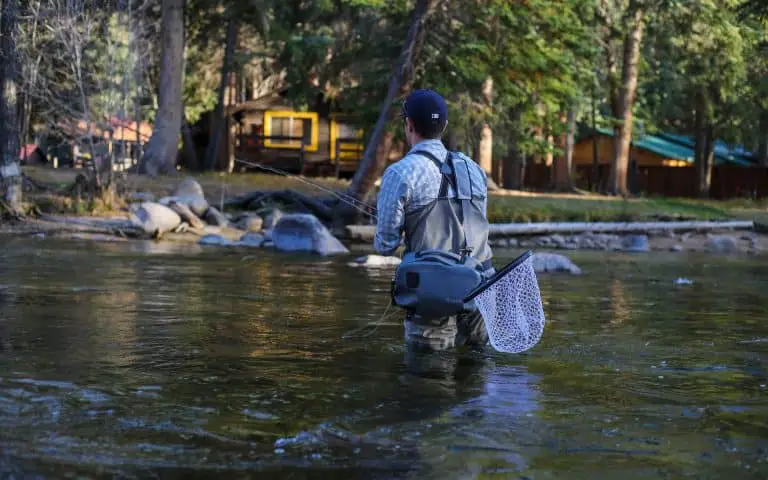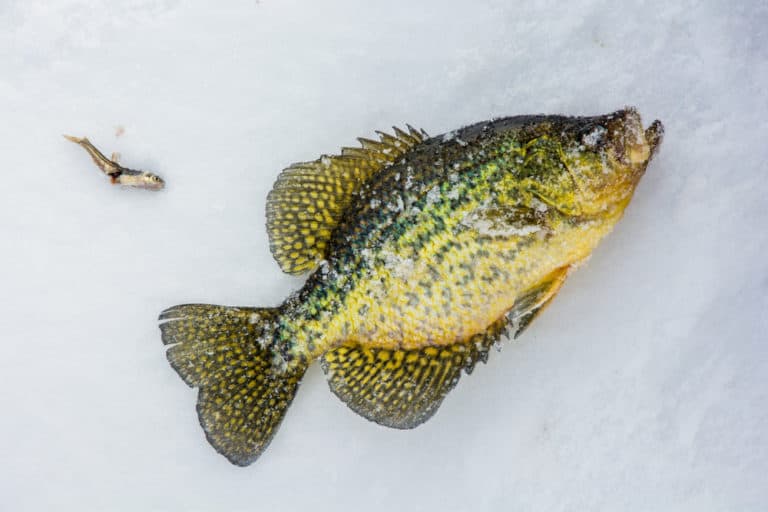How To Cast A Baitcaster Without Birdnesting
Learning to fish requires a lot of patience and practice, not only do you need to know the ins and outs of your equipment and bait, but you also need to know where is best to fish and the regular movements of the fish you are trying to catch.
Whilst the process can be fun, it doesn’t come without its challenges, one of which is the frustrating occurrence of birdnesting.
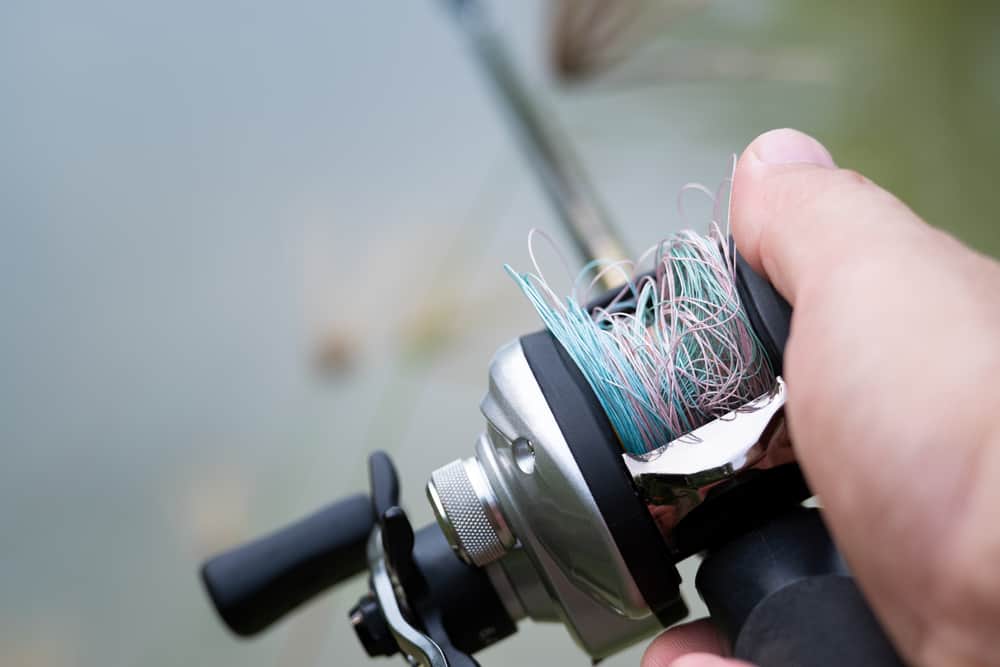
Birdnesting is extremely common for beginners to experience, however, it’s not just limited to the newbies. Many pros will also experience birdnesting from time to time due to lack of concentration or misjudgment.
So whether you’re a seasoned fisherman or someone who’s just beginning to learn the ropes of fishing, then this article will be able to show you how to cast a baitcaster without birdnesting.
Table of Contents
What Is Birdnesting?
The baitcaster on your fishing rod will use a revolving spool to adjust the length of the line. When you press the thumbs tab on the baitcaster, it will put the spool in free spin mode which allows you to cast the line outward into the water with your lure.
However, if the spool continues spinning after the line has hit the water and gone under then there will be too much line without the tension and it’ll soon become tangled and messy. It creates a knot that is difficult to undo that is called birdnesting, or others like to call it backlash.
How To Cast A Baitcaster Without Birdnesting
One of the major things you’ll need to learn to prevent birdnesting is to slow down your spool rotation when you’re casting your line so you don’t end up throwing off more line than necessary.
There are three main things that you’ll need to master to slow down spool rotation:
- Spool Tension
- Thumb Pressure
- Braking System
If you’ve only ever used spinning reels, then you may want to take the time before mastering these skills to find out how to correctly spool a baitcaster. This will prevent twisting in the line, which can easily cause birdnesting when it hits the water.
Spool Tension
Adjusting the spool tension is one of the best ways to slow down the spool rotation when you’re casting. You’ll need to locate the spool tension knob next to the reel handle and adjust it.
Before this though, ensure that your lure is tied to the end of the line and then hold your rod out and press the baitcasting thumb bar to release the clutch.
If you’ve done the spool tension correctly then the lure should drop down to the ground and the spool should stop rotating immediately.
However, if the lure doesn’t happen to drop to the ground then you’ll need to loosen the tension on the knob. If the spool keeps rotating once the lure has dropped to the ground then you’ll need to tighten the tensioner.
With each different lure that you’ll be using, you’ll tune your reel to the proper setting required for each lure.
Thumb Pressure
You can also use your thumb when you’re casting your line to slow down spool rotation, all you need to do is press your thumb gently on the spool when you’re casting and increase the pressure if you notice any backlash.
When the lure gets close to the water when you’re casting, use your thumb to stop the cast to prevent birdnesting.
Braking System
Now you’ll need to adjust the braking system on the reel. Baitcasters have two forms of brake systems, magnetic and centrifugal. Older models may only have one of these systems whereas modern baitcasting models will have both.
The braking system will slow down spool rotation during the first few moments of your cast.
For centrifugal braking systems – Open the side plate of your baitcaster and adjust your centrifugal brakes to the maximum number by sliding each brake into position. This will reduce your casting distance but prevent your line from forming a bird’s nest.
For magnetic braking systems – You should have a dial on the side of the reel body. Adjust the dial to 50% or higher to reduce the casting distance.
This is recommended for beginners, and once you start to get used to casting and fishing in general, you can then think about reducing your brake settings.
Do some practice casts and keep adjusting until you find what works best for you.
How To Get Rid Of A Birdnest In My Line
Some people may choose to handpick bird nest’s out of their line, but there is an easier method that you can follow.
- Pull the line off your spool (the birdnest should snag the line)
- Press your thumb down on the spool
- Rotate the reel handle half a turn whilst still pressing your thumb on the spool
- Continue pulling line off the spool until it gets stuck again
- Repeat process
Top Tips For Preventing Birdnesting/Backlash
- Some baitcasters come with anti-bird nesting technology built-in, so if you’re a beginner who doesn’t want to have to do deal with these problems then investing more money will be worth your while
- Use a heavier lure on your line as this makes baitcasters easier to use and will minimize birdnesting
- Don’t cast in the wind as this slows down your lure but the spool will continue to unspool
The Benefits Of Using A Baitcaster
Many fishermen are reluctant to use a baitcaster due to their susceptibility to create a bird’s nest, however, a baitcaster will help them make better use of their reel and therefore improve their technique and ability to catch fish.
Here are the benefits that come with using a baitcaster:
- Baitcasters will not twist your fishing line as spinning reels do
- They offer more accuracy and control over the landing location of the lure in the water. They’re able to change up the speed of their casting and also the brake mechanism can give them additional control of the line.
- Baitcasters can handle heavier lures and also have a higher cranking power than spinning reels as the torque is increased, therefore, you’ll be able to catch more big game fish
- More durable than spinning reels so you won’t have to replace them as often
However, baitcasters are slightly more difficult to master compared to spinning reels and the possibility of backlash is what puts people off from using them.
Despite being more durable than spinning reels, baitcasters are more expensive but then they will not have to be replaced as often as spinning reels would.
Frequently Asked Questions
Why does my baitcaster keep Birdnesting?
A baitcaster will keep birdnesting if your spool continues to spin after the lure has hit the water, so then there’ll be excess line in the water and it’ll become tangled. This could be due to incorrect braking settings, your spool tensioner is too loose, or your thumb pressure on your spool is not right.
How do I stop my baitcaster from Backlashing?
You can prevent or minimize your baitcaster from backlashing by tightening the spool tensioner, increasing the number on your braking system to reduce the casting line, or use your thumb/increase the thumb pressure on the spool to slow down the spool rotation.
You can also minimize backlash by using a heavier lure, not casting on windy days, or buy a new baitcaster with anti-backlash technology.

